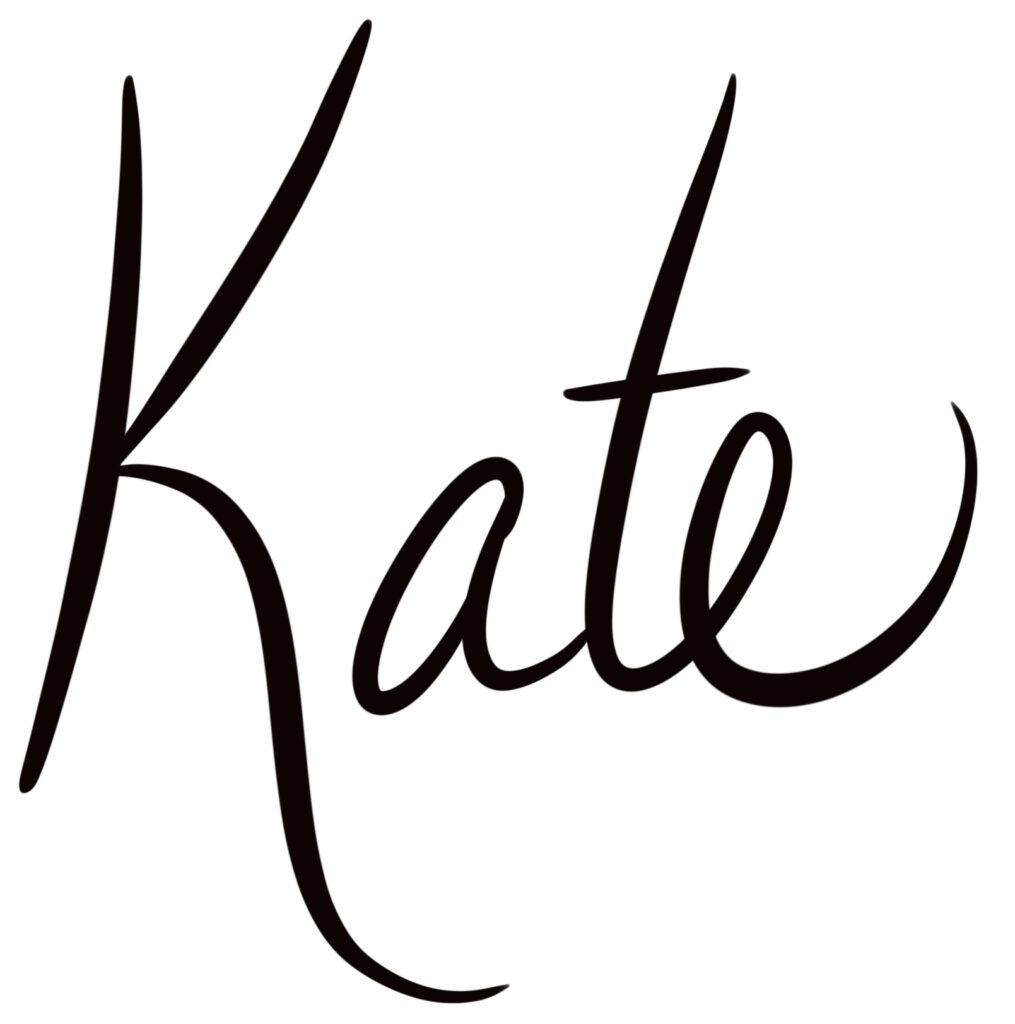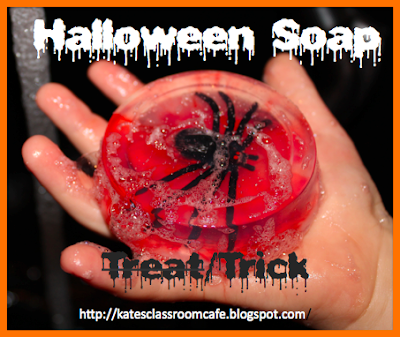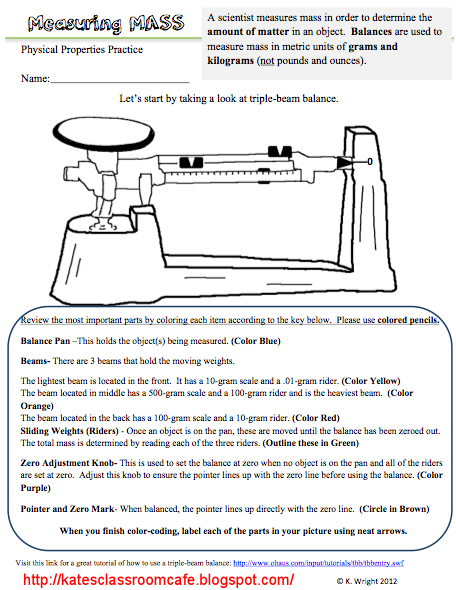Why Creative Output Blended with Direct Instruction is More Critical than Ever, and HOW to Overcome the Most Common Hurdles
About this Guide:
Hi, we are Kate (captivatescience.com) and Brigid (mathgiraffe.com) and we’ve been perfecting the doodle note method for years now. After collaborating to help teachers across the world to implement and create interactive guided notes with a creative twist for years now, we came together this summer to develop a new plan. Our goal is to help you figure out how visual note taking fits into your new hybrid or digital classroom model.
The doodle note community is now spread throughout thousands of classrooms all across the world. As your go-to doodle note experts, we have been getting tons of questions about implementing this method this year. As teachers, you have seen the many benefits of doodle notes, including increased test scores, excited students, and stronger focus and retention. We’re here to tell you that yes, with some tweaks, you can still get all the best benefits of visual note taking, even in your distance learning setup, your hybrid classroom, or your modified face-to-face reopening plan. So we have developed this guide to give you a specific plan of attack. We also are sharing some resources to support you in your doodle note journey during this unique school year. These tips and workarounds will help you navigate each different type of reopening situation.
Our Core Message:
In a digital schooling situation, not only are kids desperate for creativity, a mental health boost, and a positive learning experience, but they are also looking at screens more than ever. They’re missing the group work, partner activities, hands-on experiments, social interaction, and fun creative projects. Some days, they sit in “input mode” all day, consuming video content, watching a lecture, following links, and reading lesson material. The only “output” that seems to be happening for some kids is a worksheet, or a drag-and-drop online activity. This tedious work is not helping their natural frustration level during this rough patch, and is not allowing their bodies, minds, and souls to thrive.
You may have noticed during your own time at home that a creative hobby, or any activity that allows you to produce something with your hands offers so many benefits. The act of creating something increases happiness, improves mental health, and offers a healthy distraction from stress. Creative endeavors allow you to focus fully on the task.
We’re here to tell you that creative visual note taking is not only still a good option, but in fact may be more critical than ever, and can actually be the saving grace for many students right now.
Children and teens need to synthesize. They need to produce quality work of their own creation. We believe that the doodle note method offers just what your students need right now. We know how much incorporating creativity and interactivity in notes will benefit not only their learning, when the key concepts are so critical to get across in the allotted time, but also their mental health.
However, we know how overwhelming this is. We’ve heard from some of the thousands of teachers using the doodle note method that you know this is just what your kids need, but you’re feeling stuck. We’re here to help and support you. We’ve gathered up all the common challenges from teachers who know that doodle notes are still the absolute best option for their students’ brain processing, mental health, and learning success, but are having trouble finding the right ways to implement them this year.
We created this comprehensive guide because we know that creative, interactive work is absolutely critical for students right now. We are passionate about the hand-to-mind connection, activating students’ neural pathways, and maintaining strong mental health. These specific tips will help you make doodle notes a key part of your hybrid or distance classroom so you don’t lose these amazing brain benefits.
We want to encourage you not to neglect the higher level teaching. It’s extra challenging right now, but is more important than ever. Doodle notes are just the right fit for your school’s reopening plan. They allow joy and community while still being six feet apart. They offer relaxation and stress relief. They encourage students to focus on their creative output and give them a break from the tedious work that fills much of their school day now. They give you the perfect blend of direct instruction and interaction with the lesson material (while building stronger mental connections!).
MENTAL HEALTH
Many people are feeling disconnected due to social distancing. Doodling along with your classmates and teacher is a social experience! The discussions, jokes over funny sketches and opportunities for plenty of giggles help everyone feel more connected to each other. Art is therapy and this is a way to be artistic as a community, learn content AND stay 6 feet apart!
Student motivation can be a challenge without face-to-face interaction. (Many teachers witnessed this first hand last spring.) When we engage kids in creativity their brains release dopamine which offers a mood boost and increases motivation. When kids are coloring, laughing and collaborating they might just forget for a minute that they are wearing a mask, sitting behind plexiglass and 6ft apart from their friends.
Artistic efforts can help individuals process trauma, which some students are feeling due the impacts of Covid-19. (source)
Tapping into creative brainwaves boosts CD4+ lymphocytes to keep you physically healthy and decrease stress and anxiety. (source) These lymphocytes are the key to your immune function and are a much-needed physical benefit during the pandemic.
A good laugh goes a long way to helping students adjust to the stresses of pandemic life. There are many opportunities for students to share their goofy personalities through content-focused doodle drawings!
Doodle notes are a great opportunity to pause and focus on student social, emotional and behavioral health. We read student behavior and customize our approach to reach every child. Sometimes a deep breath, and a creative task are just what our students need to succeed.
CHALLENGES
Inability to Print
If your students are working from home, and do not have a printer, you may want to try a digital overlay tool instead. Remember that whenever possible, you should prioritize using doodle notes on real printed paper with actual, tangible coloring tools. The hand-to-mind connection will be stronger, the relaxation benefits that come from the artistic input and coloring come into play, and the product will be better. Students can customize their pages, embellish and highlight key ideas, sketch, and do hand lettering much more smoothly on real paper.
Therefore, Plan A should be to print and copy the pages yourself at school and offer them in a packet. Or, if your students are coming in one or two days a week, plan ahead to distribute all printed visual note pages on those days. Then, they can work on them at home while watching an accompanying video lecture or Google Slide presentation.
If you absolutely cannot print, and parents or students cannot find a way to get printed pages to work from home, then you can resort to a digital tool. This option will retain some of the brain benefits that are embedded into the doodle note pages.
If you do have to try Plan B and use the notes on screen, DocHub is one great tool. It adds a digital layer over the top of a PDF page so that students can use pen tools in different colors to write on their doodle note lesson page on their own screen.
TeachersPayTeachers has also now added their own digital overlay tool as well. It offers a similar overlay with text box, highlighter, and pen tools that allow students to interact on top of the PDF page with different colors. This option may work well for some doodle note lessons that are purchased on their platform. Additional options to look into are Notability and Kami.
Supplies & Cleaning
If you are in school, but have students separated and have to limit the use of shared supplies, you may be hesitant to offer buckets of coloring tools. Knowing that you’ll have to clean everything before it is touched by another student takes away all the motivation to pull these materials out. Here’s the good news: If you get strategic, you can actually use just one or two sets of colored pencils for an entire class! Each student truly only needs a well-planned combination of 5 colors. In fact, this is actually optimal, and is better than using every color in their set.
Purchase just one or two large packs of colored pencils (depending on how many students you have) and break them apart according to these guidelines. Each student will choose just one 5-color blend, and use it every time! They can keep this color scheme throughout. Here’s what you’ll need to make sure you include in each set of 5 colors:
>> one dark color to use for small writing while keeping it readable
>> one light color for highlighting key areas, coloring, shading, or emphasizing
>> contrast between the other colors (Choose no more than two in the same color family). A monochromatic scheme is not ideal. If you have one dark green and one light green in the same set, do not add any more tones with a green hint. They need enough variation to do color coding and differentiate between ideas.
Funding
If your school is in a tough budget position this year (as most are), and your own savings account is running dry (yup, we hear ya!), here are some ways to cut costs and still implement the doodle note method.
- Print your doodle notes back-to-back. It may seem obvious, but in times like this we have to remember the little tips. Double sided paper will work as long as you don’t have kids using markers. With colored pencils, they should be ok to color and doodle away on both sides.
- Instead of purchasing pre-made lesson sets, grab a set of templates. Here are some examples: DIY Kit ; Template Bundle ; Bite-Sized Doodle Notes Card Deck ; or Visual Vocabulary Prompts. The benefit of these packs is that you can use them over and over for different lesson topics. They will be more versatile and give you more use out of each page.
- Create your own. Even if you cannot afford the full Doodle Note Club membership, we also have a free facebook group and a public club blog where you can gather tips for building your own visual note pages for your students to use.
- Use stencils! Teachers who are crafty and need a break from tech love using this method to quickly and easily draft up a graphic note layout that can be photocopied and distributed, or scanned and digitally passed on to students. See how to do that in this brief video.
- Download our FREE Google Slides resource that has kids just use a blank piece of paper to build their own creative note page from scratch! We give them all the guidance they need.
Time
Most of us will feel short on class time. Even if your school is fully open, we are in catch-up mode. It will not feel like there is enough time to review, teach the new content, and ensure that everyone is safe, healthy, and well cared for. Our priorities have shifted, and we need to take time for what really matters, whether students are in the classroom with us, or learning from home.
Here are some tips for making time for doodle notes. (The best part is that any time that you DO spend blending lecture as auditory input and doodle notes as the perfect combination of visual and linguistic input, your student brains will be doubly activated. This time spent is twice as worthwhile as a lot of other lesson hours!)
We generally recommend using a teacher model when using doodle notes. This means displaying a blank version of the page with a document camera, projector, or smart screen. Then, you’ll complete a simple skeleton of the page while you talk students through the material. Here are more details on implementing doodle notes in general.
If you can still do this in person, great! It’s a wonderful use of your time together in class, and then students can go home and follow it up with practice in their homework time or distance learning hours. Even if you only cover the basics in class, you can then send them home for their “hybrid” hours to add additional sketches, hand lettering, highlight key ideas, color more, and embellish their page to reinforce the ideas.
If you are not able to teach in the classroom using a teacher model, you can stream it to your students online. They can watch your video while working on their doodle note page at home.
To get the ultimate visual note-taking experience and really get those brains in gear, we recommend coaching students through creating their own doodle note pages. Using a blank paper and our student-centered Google Slide guide your class can get the brain benefits of doodle notes while at home. This template can be easily modified to fit any subject area. Just add your own video link or article to customize the content. When students use this guide to create their notes they are engaged in synthesis of the material, which is critical to solidifying learning. When they create it, they own it. When they own it, they learn it!
Click the image above to get the free resource!
Not Enough Synchronous Learning
If you students are not able to get enough of you right now, don’t feel too guilty. This is a common problem with distance or hybrid learning. Teachers are juggling way too much prep for too many different class periods, all while navigating each student relationship and parent relationship individually. There is no time left to assess, plan, or record that direct instruction video you meant to send your kids to accompany their doodle note (aghh!!) Don’t worry. We have a few ideas.
- First, do a quick youtube search. It’s possible that another teacher has already recorded a lesson with that same doodle note page you assigned! This is not always the case, but it’s worth a try, because if you can find one, it’s the next best thing to their own teacher talking them through the lesson. Thousands of teachers are now teaching with doodle notes, and another math teacher talking your kids through the Pythagorean Theorem is probably just as good in a pinch, and saves you a ton of time. (Shoutout of thanks to all those who are recording these lessons and posting them publicly! You are amazing!)
- Another option is to record a quick audio file of yourself talking through the content. You can do this on your phone while riding in the car, or while walking through your neighborhood. It’s a lot easier than setting up a video, and you can keep it quick and scrappy – no editing required. Students can then pop in their headphones at home and listen to you chatting away about Earth’s biosphere, hydrosphere, atmosphere, and geosphere while they interact with their doodle notes about the same topic. Just send them an audio clip, and tell them to take notes, sketch out the ideas, and highlight the key vocabulary terms. You can even verbally remind them to color code. Their notes may be more free-form than they would be while you show them where to write each thing on a teacher model, but sometimes that is ok! This actually puts them in the sweet spot for learning, according to Dual Coding Theory. When a student’s brain receives auditory input while reviewing visual input, the neural pathways activate toward blending that information all together into long-term memory.
We have a free Google Slide Resource that is designed to support your students through hybrid or distance doodle note taking.
These slides are a template for helping your students DOODLE while reading or watching content for any subject from any location!
You’ll just add a link to any video or text that you’d like to provide as instruction, and our slides will do the rest! Your kids will be able to structure their blank page, add visual memory triggers, and practice creative note taking skills while meeting your learning objectives!



